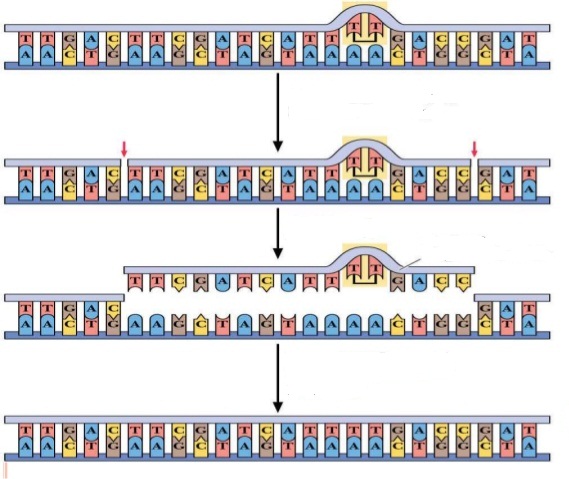When we look into nature, we often find remarkable solutions to some of our most pressing problems. From the camouflage skills of chameleons to the adhesive prowess of geckos, nature constantly astounds us with its ingenuity. Today, we’re diving into the fascinating world of bowhead whales, those majestic giants of the Arctic Ocean, and the incredible superpower hidden within their cells. Their unique DNA repair mechanisms might just be the key to unlocking groundbreaking advancements in cancer treatments for humans. But before we explore this potentially groundbreaking research, I want to share a personal connection to this topic. Whales, in particular, hold a special place in my heart—they are my favorite animals. This article resonates with my love for the ocean and its untapped potential to solve some of our most challenging medical puzzles, all thanks to a stuffed animal whale that was my cherished bedtime buddy!
I’m sure many of you also have a personal connection to the natural world or a favorite animal that has inspired your curiosity. Feel free to share your own stories or connections in the comments!
“Bowhead whales may have a cancer-defying superpower: DNA repair” by Meghan Rosen discusses the extraordinary longevity of bowhead whales, which can live for more than 200 years. Scientists have found that these whales possess a remarkable ability to repair damaged DNA, which could be the key to their cancer resistance.
The enormous size and large number of cells in the bowhead whale raise the possibility of cell mutations occurring during cell division, which in theory could raise the risk of cancer. A phenomenon known as Peto’s paradox states that large-bodied animals like bowhead whales appear to have robust cancer-prevention mechanisms that have evolved throughout time.
Bowhead whales appear to have a different technique from other huge mammals like elephants, which have additional copies of the tumor-blocking gene TP53 to get rid of damaged cells. Their cells are extremely effective at repairing double-strand DNA breaks, a type of damage that could cause cancer, as opposed to eliminating it. The less accurate DNA repair in other animals is contrasted with the effective repair process in bowhead whales.
It’s intriguing how different species have developed unique strategies to combat cancer. Share your thoughts on the varied approaches in the animal kingdom!
The study conducted by biologist Denis Firsanov and colleagues reveals that bowhead whale cells outperform human, mouse, and cow cells in repairing DNA damage, displaying an exceptionally efficient and accurate DNA repair system. The whales can tolerate more genomic damage because they possess a precise, rapid DNA repair mechanism. Moreover, bowhead whale cells produce higher levels of a DNA repair protein called CIRBP compared to other species studied. When human cells were engineered to produce bulk CIRBP, they exhibited improved DNA repair capabilities. The researchers conclude that the strategy of repairing damaged cells without eliminating them may be essential for the long, cancer-free lifespan of bowhead whales. Yale University cancer biologist Jason Sheltzer, though not involved in the research, finds this preprint fascinating, as it offers a new model for understanding how larger animals avoid cancer, possibly through superior DNA repair capabilities.
It is very important to fully understand how animals, such as bowhead whales, defend themselves against cancer because it may one day be possible to develop cancer cures for mankind. The importance of finding nature’s cures for medical problems is highlighted by research on animals with low cancer rates, as these methods could revolutionize human healthcare.
In AP Bio Unit 1 this quarter, I have learned the fundamental importance of cells. Like we talked about, cells have proteins. In the research, the study identified two specific proteins, CIRBP and RPA2, that play a role in the DNA repair mechanism of bowhead whale cells. These proteins contribute to the efficiency of the repair process.
How have your studies or interests in biology influenced your understanding of topics like DNA repair and cellular mechanisms? Share your insights!
While human cells have their own set of DNA repair proteins, the specific proteins and mechanisms in human cells may differ from those in bowhead whales, potentially leading to variations in repair efficiency. We also talked about the Endomembrane System, including the Golgi apparatus, which is responsible for the processing and transport of molecules within the cell. In the context of the article, efficient intracellular transport of repair proteins and DNA repair products within bowhead whale cells is essential for their cancer resistance. Additionally, lysosomes in the endomembrane system are responsible for cellular waste disposal. In the context of the article, understanding how bowhead whale cells efficiently repair damaged DNA is also linked to the concept of maintaining cellular integrity and reducing the need for cellular degradation and recycling.




Leave a Reply